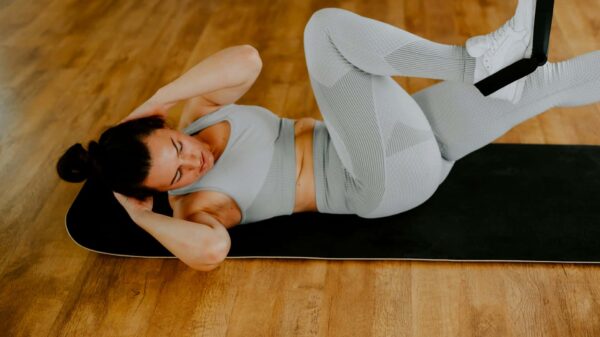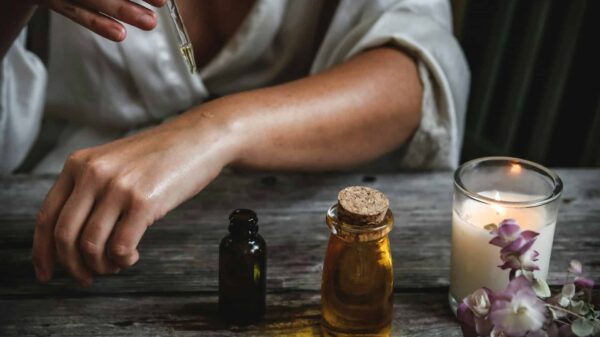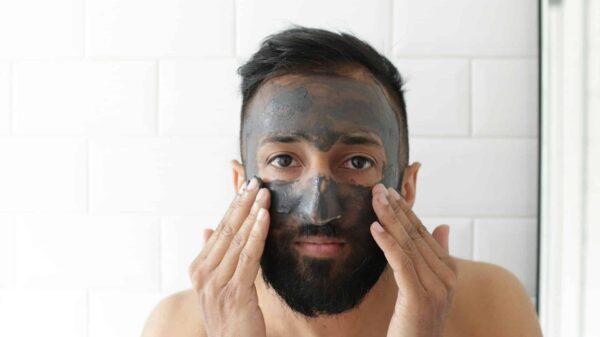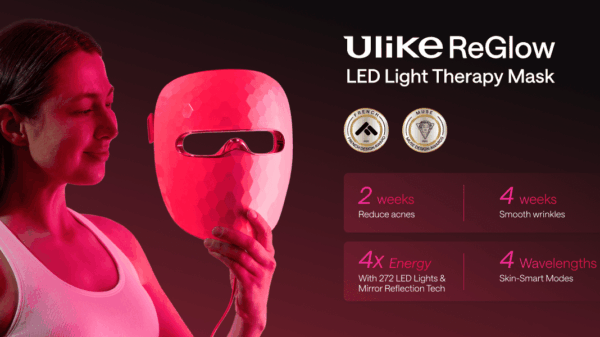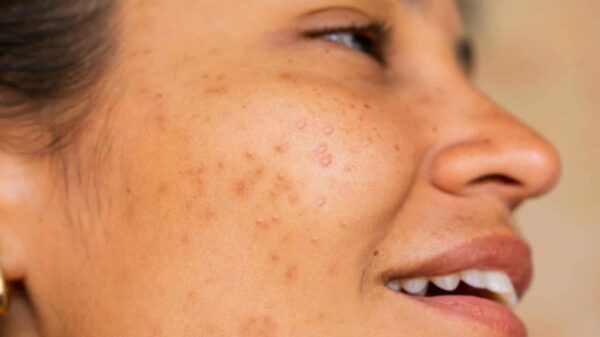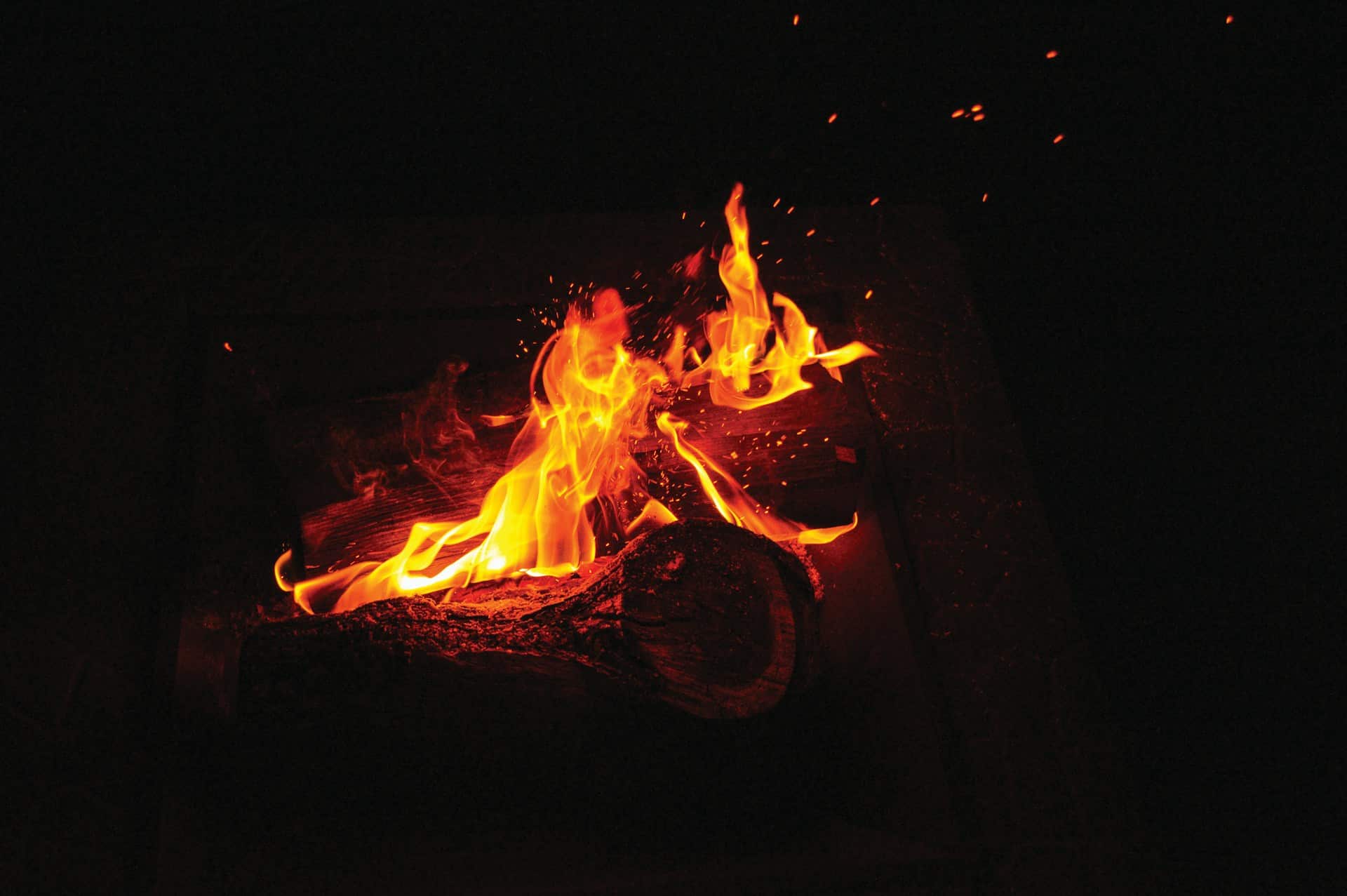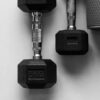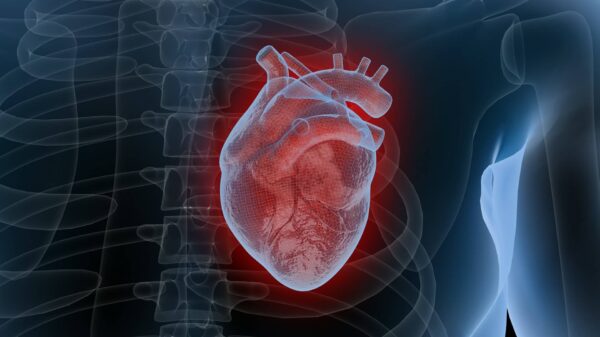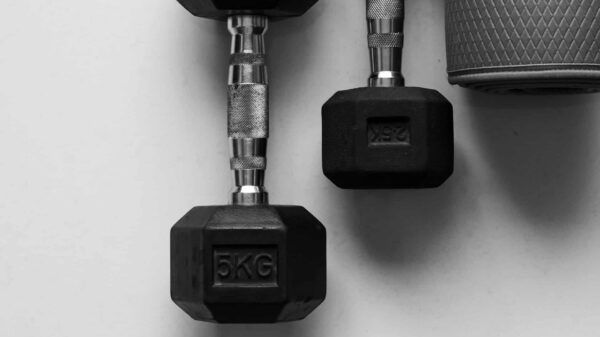Burn injuries are among the most painful and complex forms of trauma that one can experience. Their severity can range from minor discomfort to extensive damage that may permanently affect a person’s mobility and overall quality of life. While prompt medical attention focuses on treating the burns themselves, the long-term challenges of recovery can be just as significant.
Types of Burn Injuries and Their Severity
Burn injuries are classified into three main categories based on the depth and severity of the damage.
- First-degree burns are the least severe type, affecting only the outer layer of skin and resulting in redness and discomfort. Generally, these burns heal within a few days to a week with minimal long-term effects.
- Second-degree burns penetrate deeper into the skin layers, reaching the dermis. They are characterized by blisters, considerable pain, and swelling. While they can lead to scarring, they can usually be managed effectively with proper care.
- Third-degree burns are much more serious, destroying both the epidermis and dermis, and may affect deeper tissues like muscles, tendons, or bones. These injuries are critical and often require surgical treatments such as skin grafting.
The severity of a burn closely correlates with its potential impact on mobility and physical function. Burns located near joints—like the knees, elbows, or hands—can greatly restrict movement, and extensive burns may lead to long-lasting complications that interfere with even the simplest daily activities.
Physical Effects on Daily Living
The physical aftermath of burn injuries can be overwhelming. Beyond skin damage, burns can also have an effect on the underlying muscles, nerves, and bones. This section highlights the primary ways burn injuries can influence physical health and mobility.
Pain and Sensitivity
After the initial burn has healed, pain might continue for many months or even years. Affected areas could become highly sensitive to touch, temperature, and pressure. Survivors often report discomfort from clothing touching scar tissue or from changes in temperature. This heightened sensitivity can make simple tasks such as dressing or cooking painful experiences.
Restricted Range of Motion
One significant limitation faced by burn survivors is a diminished range of motion. As burn scars heal, they can contract, tightening the skin and restricting movement, especially near joints. For instance, burns on the arms or legs can impede the ability to flex elbows, knees, or ankles, greatly impairing mobility. In some cases, individuals might need physical therapy to prevent permanent stiffness and improve their movement capacity.
Loss of Strength and Muscle Control
Severe burns can damage muscle tissue, leading to a decrease in muscle strength and control. This reduction can make even basic actions, like walking or gripping objects, incredibly difficult. The road to recovering muscle strength and coordination often requires extensive rehabilitation, with some individuals possibly never regaining their pre-injury capabilities.
Rehabilitation and Physical Therapy Needs
For those recovering from burns, rehabilitation is often a long-term commitment. Physical therapy plays a crucial role in fostering mobility and preventing permanent functional loss. The focus of therapy is on stretching scar tissue for flexibility, strengthening weakened muscles, and enhancing coordination and balance. Without rehabilitation, survivors are at a greater risk for long-lasting disabilities due to immobility.
Emotional and Psychological Consequences
The physical challenges of burn injuries represent just one aspect of the recovery experience. Many burn survivors confront emotional and psychological difficulties that can disrupt their ability to engage in daily life.
Concerns About Body Image
Severe burns often leave visible scars that can significantly alter a person’s appearance. Such changes may lead to body image issues, causing individuals to feel self-conscious or anxious in social situations. Some may withdraw from social interactions altogether, resulting in feelings of isolation.
Anxiety and Depression
Burn survivors face a heightened risk of mental health struggles, including anxiety, depression, and post-traumatic stress disorder (PTSD). The trauma associated with the burn incident, combined with chronic pain and limitations, can be overwhelming. Access to mental health services is crucial for helping individuals manage these emotional challenges.
Impact on Social Life
The combination of physical limitations and emotional barriers can adversely affect a person’s social activities. Burn survivors may shy away from former pursuits due to embarrassment about their appearance or an inability to fully engage, further contributing to feelings of isolation and negatively affecting their mental well-being and recovery.
Challenges with Daily Activities
Burns can complicate routines that were once simple, such as bathing, dressing, or cooking.
Severe burns can dramatically limit a person’s ability to perform daily tasks. For instance, burns on the hands may make buttoning a shirt difficult, while leg burns can render walking or standing painful over prolonged periods. Simple chores like washing dishes or folding laundry can become daunting and might require assistance.
In more severe cases where mobility is considerably restricted, individuals may rely on assistive devices such as crutches, wheelchairs, or walkers, according to a burn injury attorney. Others may need full-time caregivers for essential tasks, impacting their independence and self-esteem.
Long-Term Recovery and Rehabilitation
Recovering from burn injuries is typically a protracted and challenging process that necessitates both physical and emotional support. Rehabilitation is a critical aspect of healing.
Physical therapy plays a vital role in helping burn survivors regain mobility. Therapists work with patients to stretch scar tissue, improve flexibility, and strengthen muscles to expand the range of motion. Absent therapy, survivors risk permanent stiffness that further hampers mobility.
Occupational therapy aids burn survivors in adjusting to their new realities and finding alternative ways to fulfill everyday tasks. This type of therapy focuses on improving fine motor skills, such as handling and manipulating objects, as well as devising strategies to reclaim independence in personal care and household responsibilities.
Surgical Procedures and Skin Grafts
In cases of severe burns, skin grafts and additional surgical treatments may be necessary to enhance mobility. These procedures aim to reduce scar tissue that constrains movement and to restore both appearance and function to the affected area.
While recovery is essential, prevention also plays a crucial role. Avoidance of burns is the most effective way to sidestep the long-term consequences described in this article. Key safety measures include being cautious around open flames, handling chemicals sensibly, and wearing protective gear in hazardous environments.
Burn injuries can significantly affect an individual’s daily life and mobility; however, with adequate medical care, rehabilitation, and emotional support, many survivors can reconstruct their lives. Understanding the full spectrum of challenges that burn victims face—from physical barriers to emotional healing—can improve the support and resources available for their recovery process.



